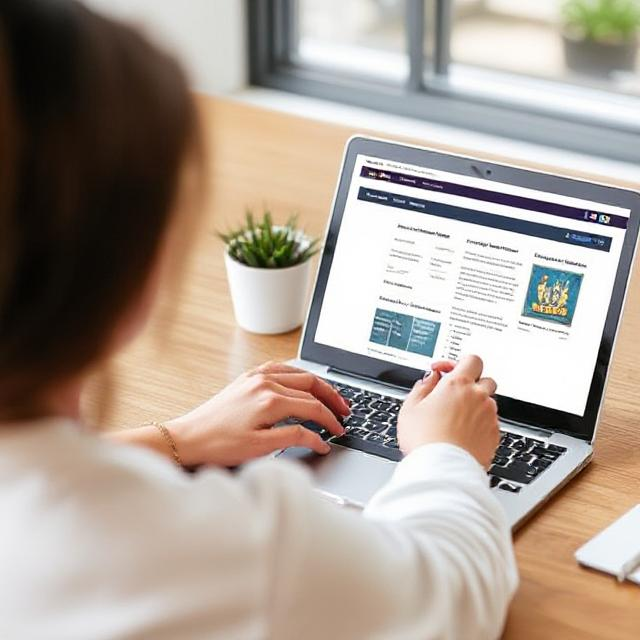
In today’s digital world, readers seek more than just information—they want a connection. Personalizing your blog content helps create a stronger bond with your audience, making them feel seen, valued, and understood. This approach not only boosts engagement but also builds loyalty, encouraging repeat visits and social sharing.
Why Personalization Matters
1. Increases Engagement and Retention
When readers feel your content speaks directly to them, they are more likely to stay on your site, interact with your posts, and return for more.
2. Builds Trust and Authenticity
A personalized tone makes your blog feel more relatable and human, strengthening your credibility. Readers trust content that resonates with their experiences and needs.
3. Enhances SEO and Shares
Content that connects with readers is more likely to be shared and linked to, boosting your SEO performance and online reach.
How to Personalize Your Blog Content
1. Know Your Audience
Understanding your readers’ interests, challenges, and preferences allows you to craft content that directly addresses their needs.
- Conduct surveys or polls to gather insights.
- Use Google Analytics to track reader behavior.
- Engage with your audience on social media and comments.
2. Write in a Conversational Tone
A friendly, natural tone makes your content more relatable.
- Use “you” and “we” to create a sense of connection.
- Avoid overly technical jargon unless necessary.
- Share personal stories or experiences when relevant.
3. Offer Tailored Content Suggestions
Help readers find more content they love by:
- Recommending related posts based on their reading history.
- Creating customized content series for different reader interests.
- Sending personalized email newsletters with targeted blog updates.
4. Leverage Interactive Features
Encourage engagement by adding elements like:
- Quizzes and polls to make content feel more interactive.
- User-generated content such as testimonials or guest posts.
- Comment sections and live discussions to foster community.
5. Use Dynamic Content Personalization
Advanced tools allow you to customize blog content based on:
- Geolocation (showing region-specific content)
- Browsing behavior (suggesting relevant articles)
- User preferences (tailoring content based on past interactions)
Best Practices for Personalized Content
- Keep it authentic—don’t force personalization if it doesn’t fit.
- Ensure mobile-friendliness, as many readers browse on smartphones.
- Regularly update content based on audience feedback and trends.
